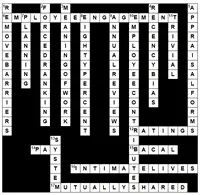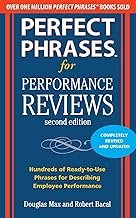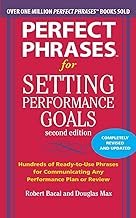Back to main Hooper-Bacal Index
High Performance Employees and Hooper-Bacal Performance Management
People don't usually think of performance reviews, or the process of performance management in light of how to create motivated, committed and engaged employees.
This is sad, because one thing we know about working life is this:
When employees understand WHY they do what they do, how they contribute and how they help, it helps them see their jobs in a larger context and allows them to construct meaning, and therefore meaningful work for themselves.
The Hooper-Bacal Method capitalizes on this simple yet powerful idea.
The Principles Of A High Performance Organization and Employee Engagement
1) Employees work best when they have a hand in determining their goals and objectives, so they can capitalize on their strengths, and have an opportunity to learn new things.
2) Employees are far more motivated when they understand how their particular work activities actually contribute to the success of their own work units and colleagues -- meaningful work.
3) Employees need ongoing feedback on what they are doing, and how they are doing it, that occurs in a non-punitive and non-parental way. In other words, they need to be treated as partners by managers, and need to see manager and employee are on the same side.
4) The most powerful determinant of employee engagement and employee motivation is NOT the leadership at the top, nor is it the rewards given, but the RELATIONSHIP between the immediate manager/supervisor and each employee. A good relationship can create motivation even in difficult times. A bad relationship with the immediate supervisor will almost always result in failure.
Applying The Principles With The Hooper-Bacal Method
First, the setting of job tasks, objectives, and what employees do day to day is negotiated between each manager and employee, rather than being dictated by a static out of date job description, or by the manager. This negotiation is done yearly, but is modified as needed, and reflects the current NEEDS OF THE WORK UNIT.
Second, the discussions about performance, from beginning to end center around how the work fits in with the goals and objectives of the work unit, which in turn is discussed in the context of the entire organization's needs and direction. The point is to provide meaning through context
Third, as you'll see in other sections here, the focus is on the relationship between manager and employee, and that means communication. There is almost NO time spent on formal evaluations at the end of the year, because, in fact, each party understands exactly where they stand because it's all communicated informally all year long, and most importantly, as needed.
Back to main Hooper-Bacal Index




